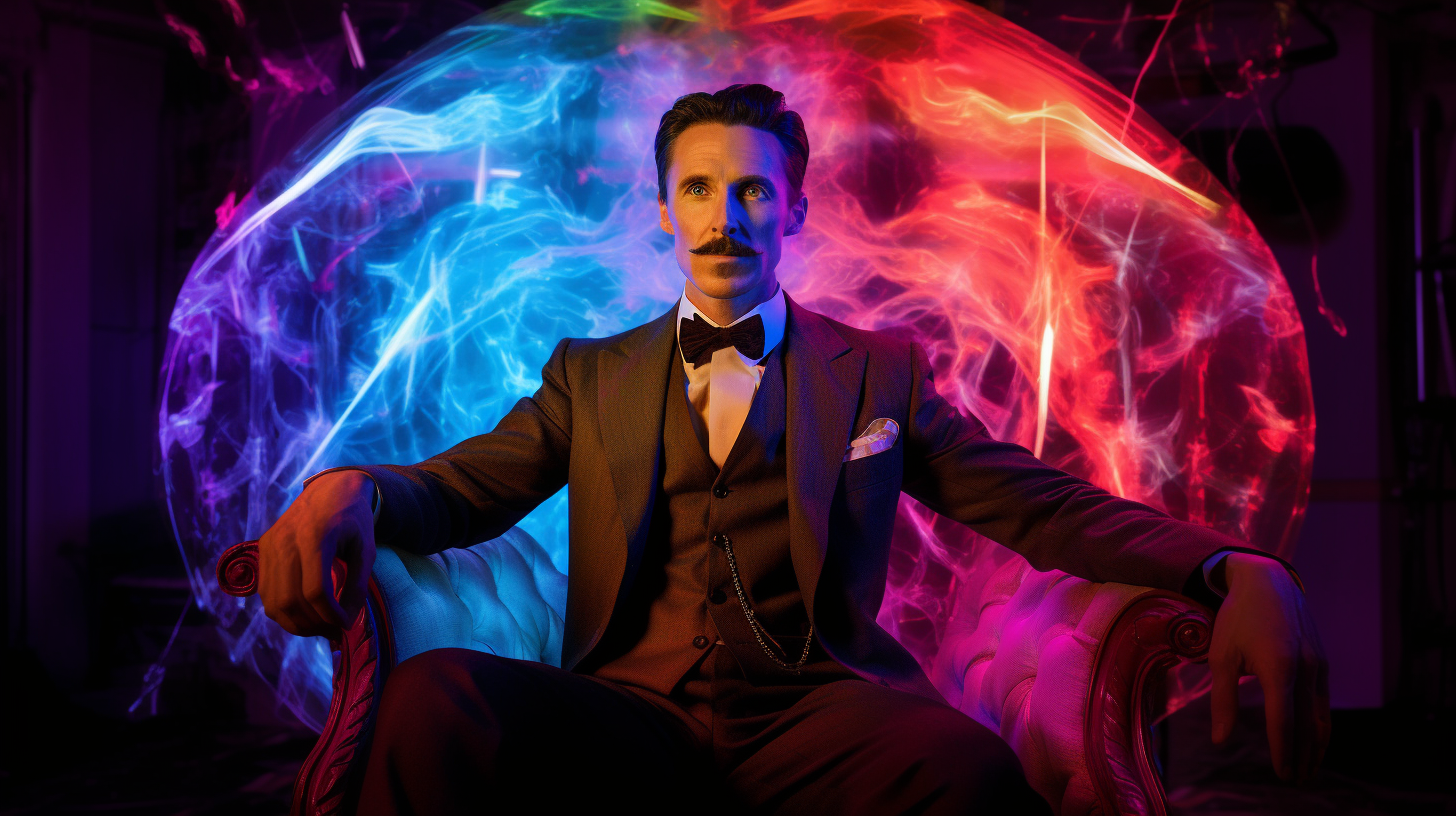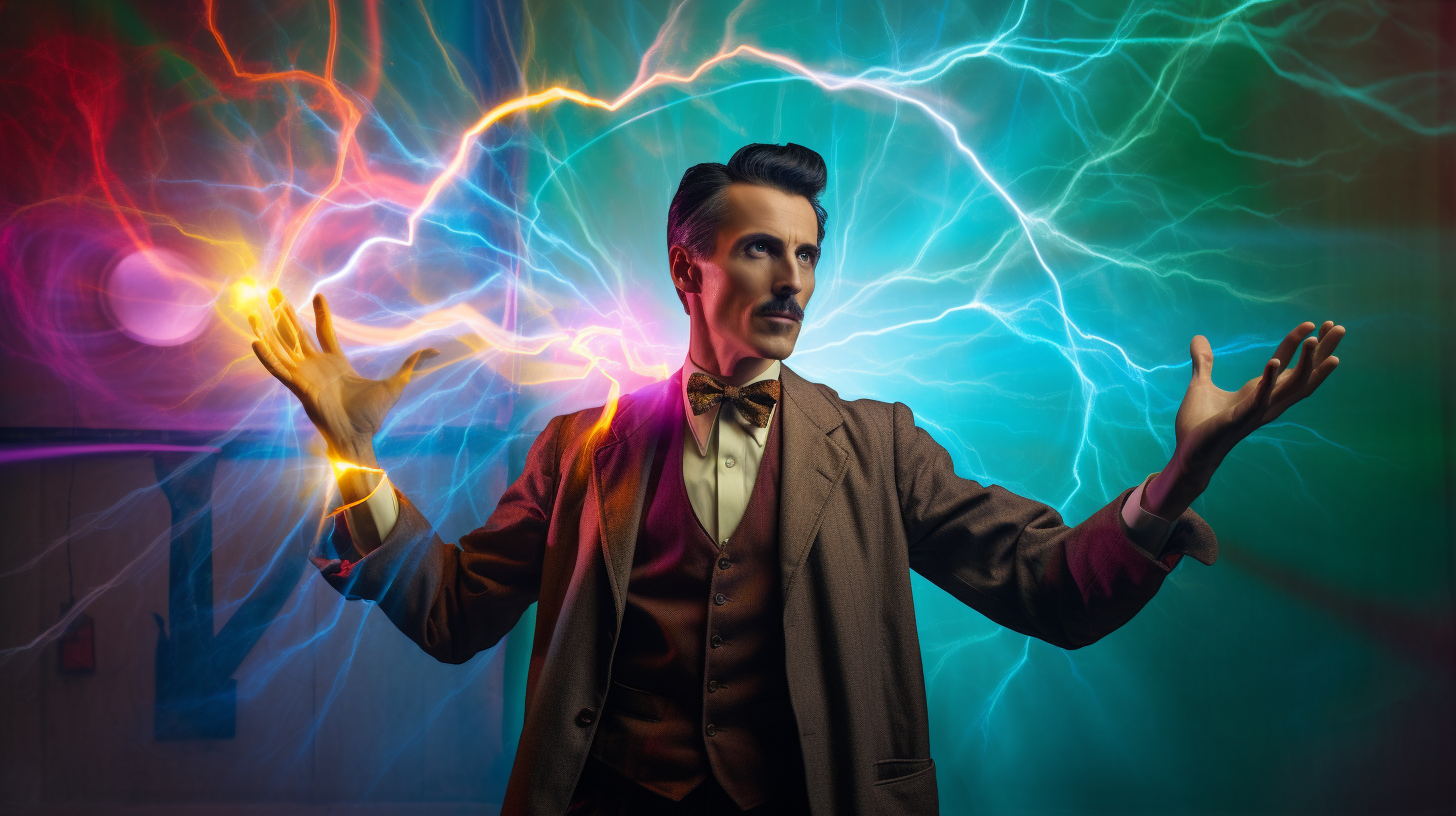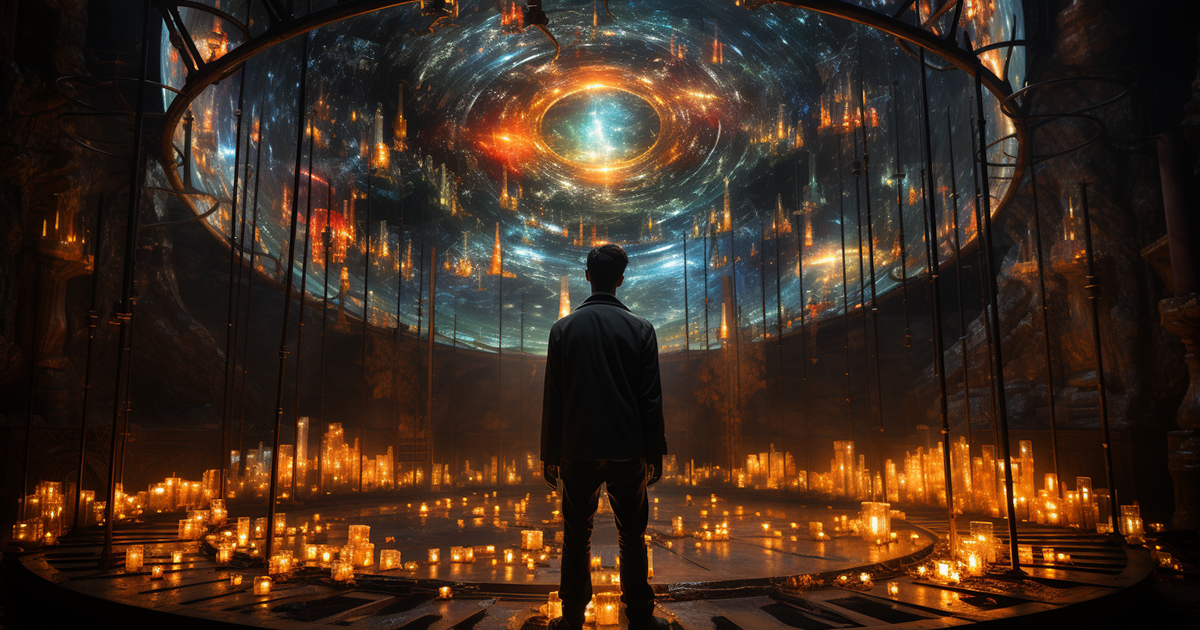The Massachusetts Institute of Technology (MIT) has long been a hub for brilliant minds, pioneering innovations that shape our world. Among the notable achievements born within its hallowed halls, the Wireless transmission of power stands as a testament to human ingenuity.
Though modern researchers have only managed to transmit power wirelessly over short distances, this feat was first envisioned by the enigmatic inventor, Nikola Tesla, over a century ago.
Tesla, a figure of fascination and intrigue, is renowned for his groundbreaking contributions to the field of electrical engineering. One of his most audacious ideas was the concept of wireless power transmission.
In 1899, in the high plains of Colorado Springs, Tesla conducted experiments that demonstrated the feasibility of transmitting electrical power over great distances without the need for wires.
Tesla’s experiments involved a colossal tower, standing 187 feet tall with an additional 120 feet buried underground, known as Wardenclyffe Tower. His vision was to establish receiving stations worldwide that would allow energy to leap across the globe through wireless means.

He even speculated about extending this technology to interplanetary communication and power transfer. However, his dream was thwarted when financial support, initially obtained under the guise of building a radio station, was cut off by J.P. Morgan, who discovered Tesla’s true intentions to provide free energy to all.
What sets Tesla apart from his contemporaries was not just his inventions, but the way he conceived them. Tesla often spoke of experiencing intense flashes of creativity and clarity, during which he would see his inventions in vivid detail, as if they were projected before his eyes.
He attributed these moments to a profound connection with a universal knowledge base.
Some ancient astronaut theorists propose a different explanation for Tesla’s extraordinary abilities, suggesting that he might have received information from an extraterrestrial source.
Tesla’s experiences, they argue, resembled the visionary revelations of biblical prophets, suggesting a connection to beings beyond our world.
One particularly enigmatic incident occurred during Tesla’s experiments with a magnifying transmitter designed to track thunderstorms. He claimed to have received mysterious transmissions consisting of mathematical sequences, leading him to speculate that they originated from outer space, possibly from Mars during one of its close approaches to Earth.
Tesla’s fascination with extraterrestrial communication led him to declare his belief in the existence of intelligent beings beyond Earth and their potential interest in communicating with humanity. This revelation, however, had a polarizing effect, leading many to label him a mad scientist.
While Tesla’s contributions to science and technology are undeniable, his association with extraterrestrial beings and visionary experiences have led to his partial exclusion from the annals of scientific history.

Despite his pioneering work on the rotating magnetic field and wireless power transmission, his attachment to otherworldly ideas has overshadowed his contributions to quantum physics and other fields.
The Nikola Tesla Museum in Belgrade, Serbia, holds a treasure trove of documents that shed light on his futuristic plans. Among these documents are what some believe to be drawings of spaceships, suggesting that Tesla was also delving into the realm of anti-gravity technology.
He believed that high levels of electricity could create lift, and throughout the 1920s and 30s, he talked extensively about his designs for anti-gravity aircraft powered by his Wardenclyffe Towers.
Interestingly, Tesla’s ideas find echoes in ancient Hindu texts, where descriptions of flying machines, known as vimanas, suggest the use of anti-gravity technology in the distant past. This connection between Tesla’s concepts and ancient depictions of flying machines raises intriguing questions about the origins of such knowledge.
In recent times, we have witnessed the development of laser defense systems like Israel’s “Iron Beam,” which can shoot down missiles with energy pulses, reminiscent of Tesla’s ideas for beam weapons to shoot down projectiles.
It raises the question of whether Tesla’s plans for a “death ray” were more than mere speculation and whether these technologies were, in fact, developed and deployed.
Video:
The enigma of Nikola Tesla continues to captivate our imaginations, and as we delve deeper into his life and work, we are left with more questions than answers. Was Tesla a visionary genius ahead of his time, a conduit for extraterrestrial knowledge, or perhaps a combination of both? Regardless of the mysteries that surround him, one thing is clear: Nikola Tesla’s legacy continues to electrify our world with wonder and curiosity.

21 thoughts on “Unlocking the Mysteries of Nikola Tesla’s Electrifying Legacy”
Comments are closed.